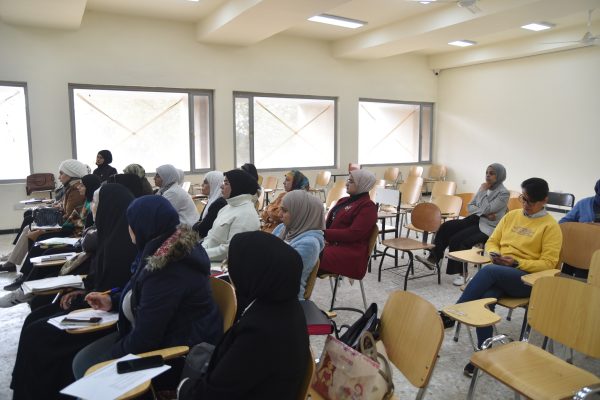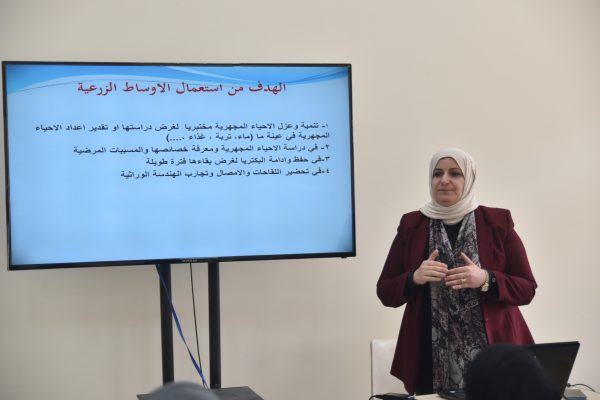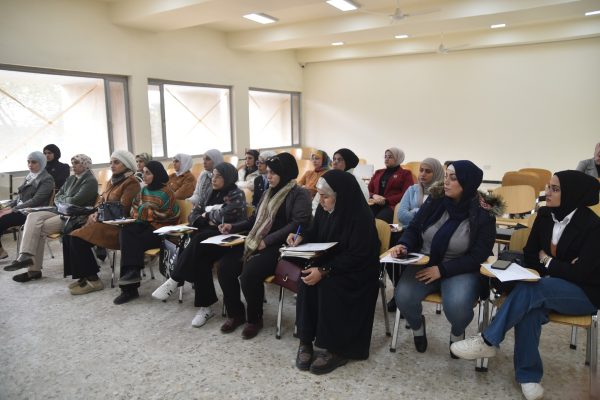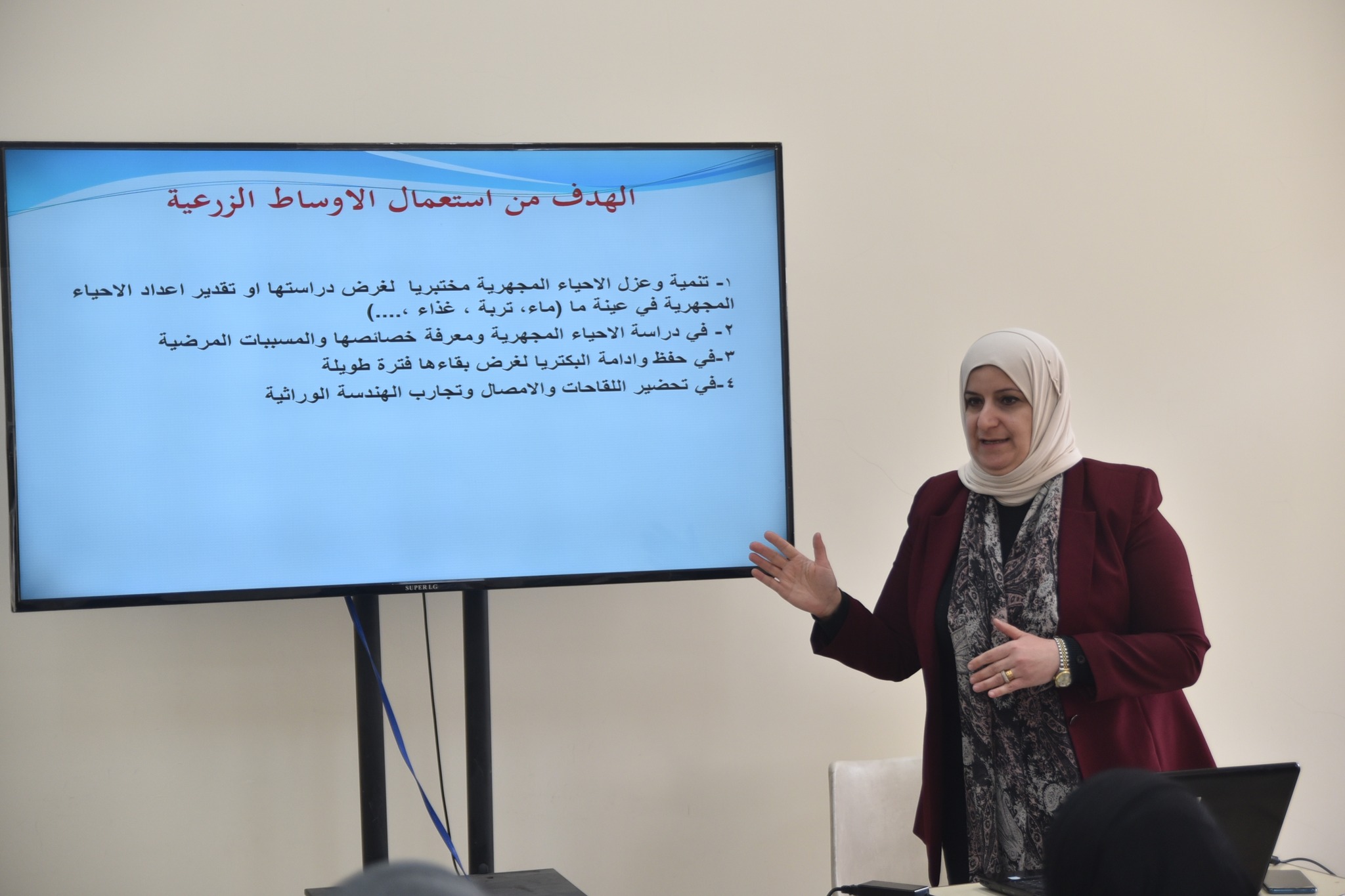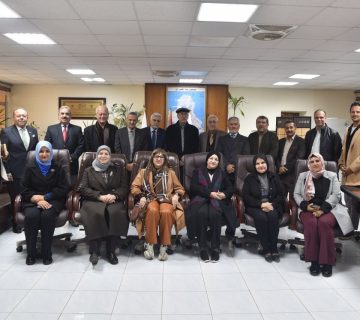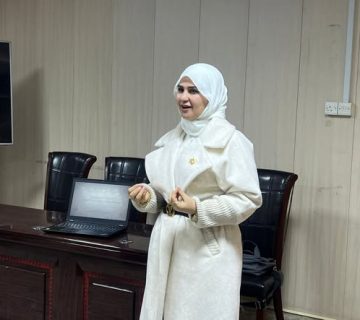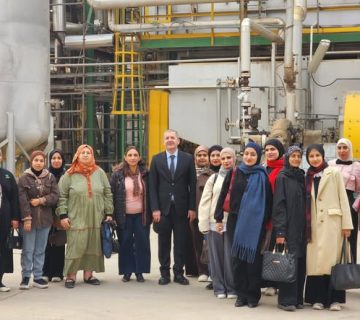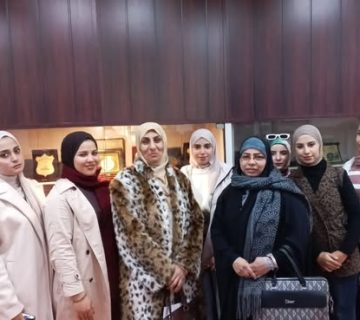Under the patronage of the Dean of the College of Science for Women , Professor Dr. Sameera Naji Khdim, the Continuing Education Unit in cooperation with the Department of Biology Sciences held a training course entitled
(Preparing culture media and methods of culturing and diagnosing bacteria) presented by Assistant Professor Dr. Rana Ali Hassan, Assistant Professor Dr. Zeina Hashem Shehab and Lecturer Nour Majed Abdullah in the presence of a number of students and lecturers in the department hall.
At the beginning, the purpose of using culture media was explained, which is to grow and isolate microorganisms in the laboratory for the purpose of studying them or estimating the number of microorganisms in a sample of water, soil, food or other, in addition to using them in preserving and maintaining bacteria for the purpose of their long-term survival and in preparing vaccines, serums and genetic engineering experiments.
After that, the types of culture media were explained in detail, as they vary greatly and are divided into several types based on a set of criteria, which is the physical state of the media, as there are solid, liquid and semi-solid media.
As for solid media, they contain a high percentage of solid material such as agar and are used to grow microorganisms on their surface. These media allow the formation of single colonies of microorganisms, which facilitates the study of their properties.
As for liquid media, they do not contain solid material and are used to grow microorganisms in a liquid environment. They are used for studies that require rapid growth of microorganisms, such as vaccine production.
As for semi-solid media, they contain a small percentage of solid material and are used for some types of agriculture, such as fungal cultivation.
The second criterion for classifying culture media is (composition), which are either natural and contain natural materials of unspecified composition, such as meat extract or yeast, or industrial and contain chemical materials of specific composition and concentration.
The third criterion for classifying culture media is the purpose of use, which are selective, differential or enrichment media.
The course included interventions and inquiries from students, which were clarified by those in charge of the activity
